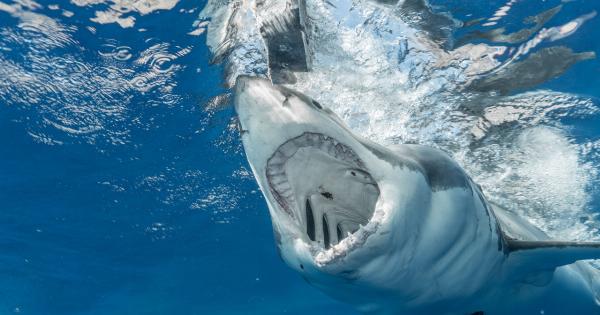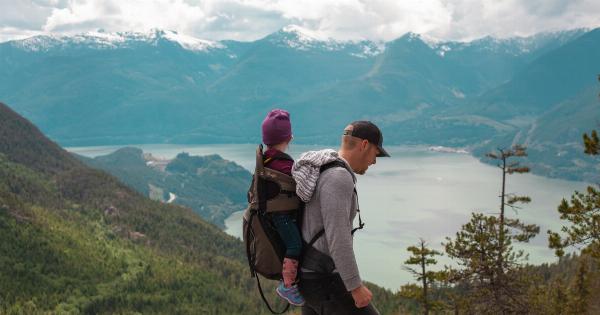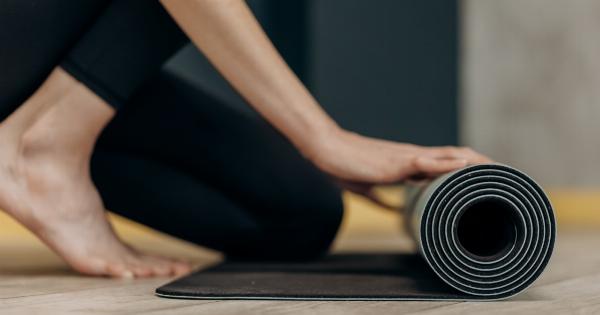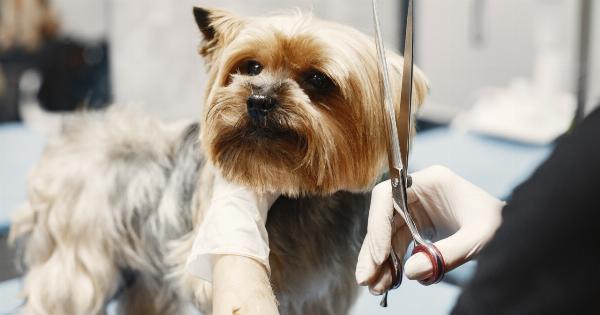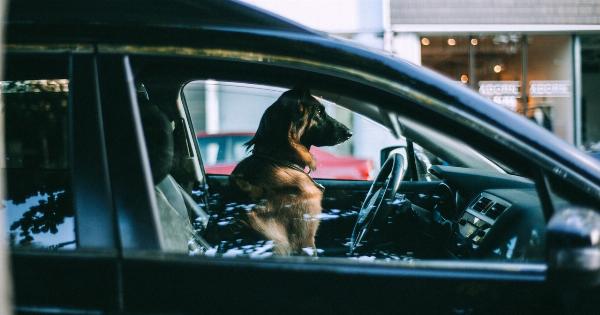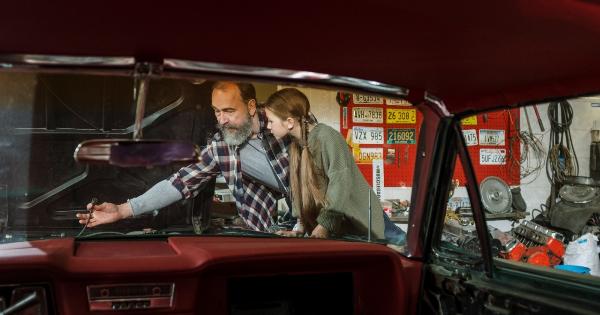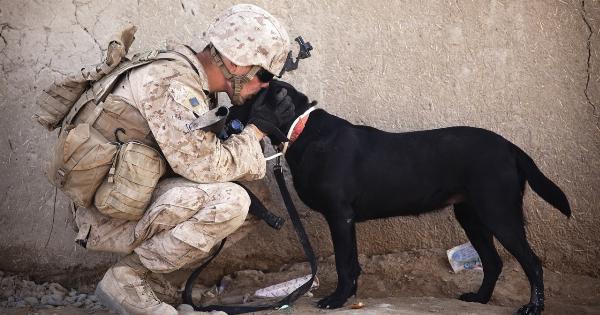It is common for dogs to have fears and phobias. Two of the most common fears among dogs are fear of the vacuum cleaner and fear of crowds. While these fears may seem harmless to humans, they can cause a lot of stress and anxiety for your furry friend.
In this article, we will be discussing ways to calm your dog’s fear of the vacuum cleaner and crowds.
Fear of Vacuum Cleaners
Dogs have a heightened sensitivity to sound, and the sound of a vacuum cleaner can be very loud and intimidating for them. Here are some ways to help your dog overcome their fear of vacuum cleaners:.
1. Desensitization
Desensitization involves slowly exposing your dog to the sound of a vacuum cleaner, starting with very soft and low sounds. Gradually increase the volume of the vacuum cleaner over time, rewarding your dog with treats and praise as they progress.
This will help your dog associate the sound of the vacuum cleaner with positive experiences.
2. Positive Association
You can help your dog overcome their fear of the vacuum cleaner by creating a positive association with it. Offer your dog their favorite treats or toys while the vacuum cleaner is running and praise them for being calm and relaxed.
3. Training
Proper training can help your dog overcome their fear of the vacuum cleaner. Teach your dog basic obedience commands such as “stay” and “come”.
You can use these commands to redirect your dog’s attention away from the vacuum and towards you.
Fear of Crowds
Some dogs fear crowds due to the noise or the overwhelming amount of people. Here are some ways to help your dog overcome their fear of crowds:.
1. Gradual Exposure
Gradual exposure to crowds can help your dog overcome their fear. Start by taking your dog to a quiet area with few people around and gradually increase the number of people over time. Reward your dog with treats and praise for being calm and relaxed.
2. Socialization
Socialization is important for all dogs, particularly those with fears and anxieties. Socialization involves exposing your dog to a variety of experiences and environments so they become comfortable in different situations.
Take your dog to the park, go for walks in busy areas, and introduce your dog to new people.
3. Distractions
Using distractions can help your dog feel more comfortable in crowds. Bring your dog’s favorite toy or treat to a busy area and use it to distract them from the crowds. This will help your dog associate crowds with positive experiences.
Conclusion
It is important to remember that every dog is unique and may require different strategies to overcome their fears. Be patient and consistent in your efforts.
With proper training and gradual exposure, you can help your dog feel more comfortable in any situation.

